Talk about the state of the bourbon industry today and you’ll quickly have to discuss the state of collecting bourbon today. If bourbon was mostly not drunk in America in the 1970s and ’80s as consumers moved to vodka and other “lighter” libations, one could easily joke that, despite it now being a $9 billion industry in Kentucky alone, bourbon is not really drunk today, either.
Instead it’s collected, traded, displayed, flexed, and bunkered, never to be opened, but only to exchange hands through ad hoc secondary marketplaces that have been set up online.
The bourbon companies, of course, are well aware of this phenomenon (especially Buffalo Trace, the king of collectibility). They may claim they don’t like this, but they’re just as guilty of building this hype monster and continuing to feed it with highly priced limited releases in fancy packaging.
It had to start somewhere, though. To better understand the rise of modern bourbon collecting, it helps to recall these 22 famous (or perhaps infamous) moments over the last three decades.
Blanton’s Packaging at Play
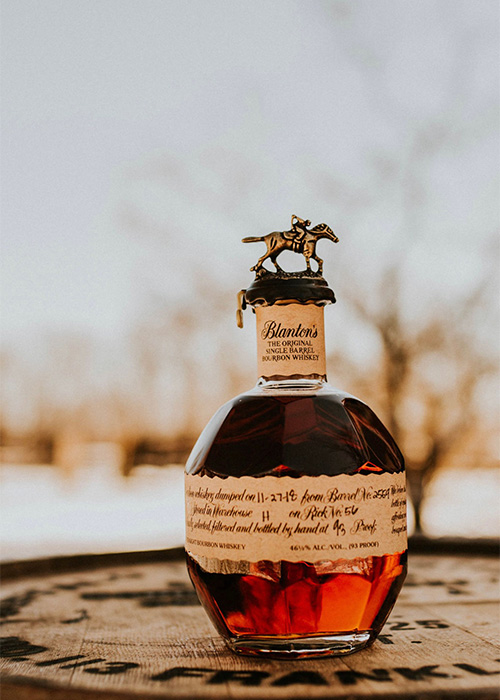
With bourbon at perhaps its lowest point in American history, Kentucky distilleries looked toward a Japanese marketplace where bourbon was oddly booming. A new company, Age International, emerged from Schenley’s spare parts with a plan to tantalize Japan with the most luxury bourbon ever produced. Released in Japan in the fall of 1984, its “Da Vinci Code” of packaging — a custom, grenade-shaped bottle topped with a trotting thoroughbred stopper — became an immediate smash hit. It would take a little longer to become a sensation in America, where today “dump date” collectors scour the country for specific barrels.
Booker’s Boom
If the 1970s had seen the releases of lowest-common-denominator blended whiskeys and even light whiskeys, Booker’s would be the antidote. The pet project of master distiller Booker Noe, grandson of Jim Beam, his eponymous bourbon was meant to display the way he liked to drink it. In other words, straight from the barrel, uncut and high proof. Thirty to 50 points of proof higher than most everything else on the market, Booker’s would set the stage for both the “small batch” and especially cask-strength offerings that dominate the collecting market today.
Pappy Prevails
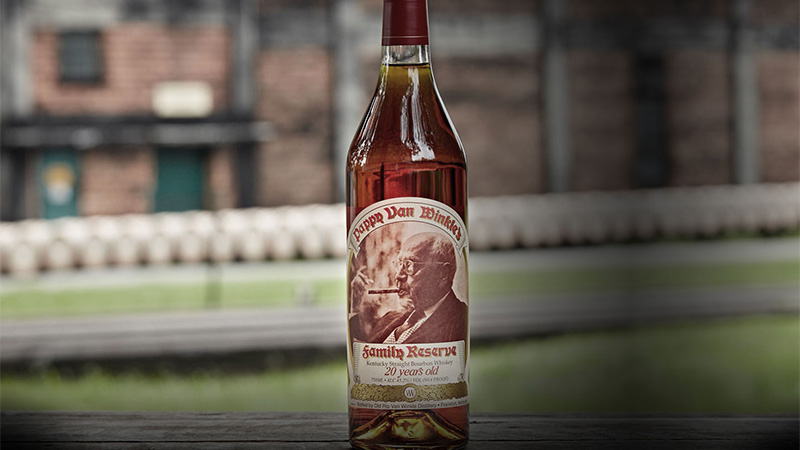
You might be confused in thinking Pappy Van Winkle is older than it actually is. But the overly mature bourbon didn’t actually hit shelves until 1994 when Pappy Van Winkle’s Family Reserve 20 Year was first released. (The 23 Year would come in 1998 and the most ubiquitous 15 Year bottling not until 2004.) Packaged in an elegant Cognac bottle and older than anything else out there, it wasn’t an “allocated” product just yet. That would start to change as the aughts ended and especially by 2012, when Pappy searches began spiking on Google after Anthony Bourdain drank a glass on his show “The Layover.” Today, it’s the collectible bourbon that even non-collectors are aware of and the archetype for hype whiskey.
Attack of the BTAC
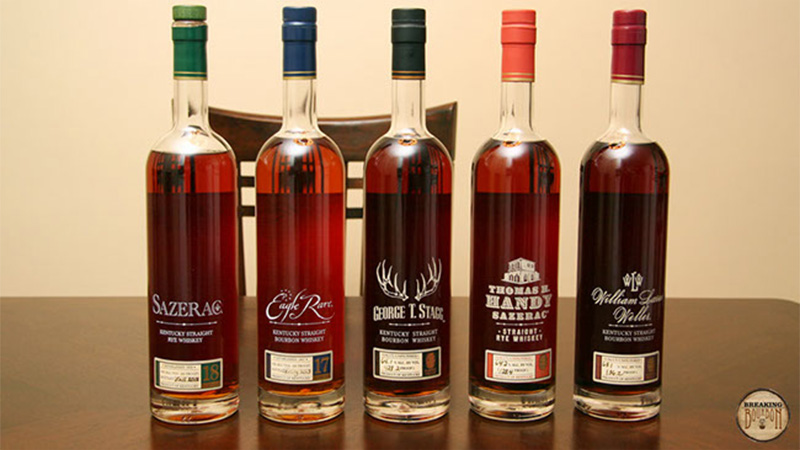
It’s hard to remember that there was a time when Buffalo Trace products were actually available on shelves. Still, the powers that be clearly had their eye on rarity and collectibility early on. It wasn’t just Pappy — which they began distilling in 2002 — but also this series, known as the Antique Collection, of five mature, higher-proof versions of flagship releases handsomely packaged and clearly designed to be collector’s items. And yet, initial bottlings from 2000 were a mere $49.99 at retail, and often sat on shelves for quite a while. Today, however, BTAC (pronounced “bee-tack” by taters) releases like George T. Stagg and William Larue Weller are every bit as allocated and coveted as any yearly bourbon release.
LE Madness
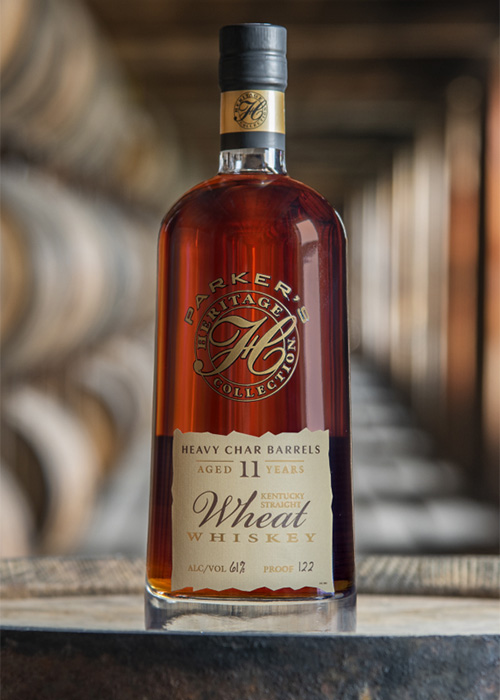
The success of Pappy and BTAC, along with a 21st-century bourbon renaissance, would suddenly see the necessity for all the Kentucky distilleries to release their own annual collectible “LEs” (limited editions). In 2007, Heaven Hill began offering Parker’s Heritage Collection, a yearly bottling of exemplary bourbons and ryes, often with an intriguing finish. Four Roses would ante up with Small Batch Limited Edition. Wild Turkey would eventually enter the fray with its Master’s Keep line. Today, just about every distillery offers its own LE; no matter what they charge, they seem to get gobbled up quickly by collectors.
Where There’s a Willett There’s a Way
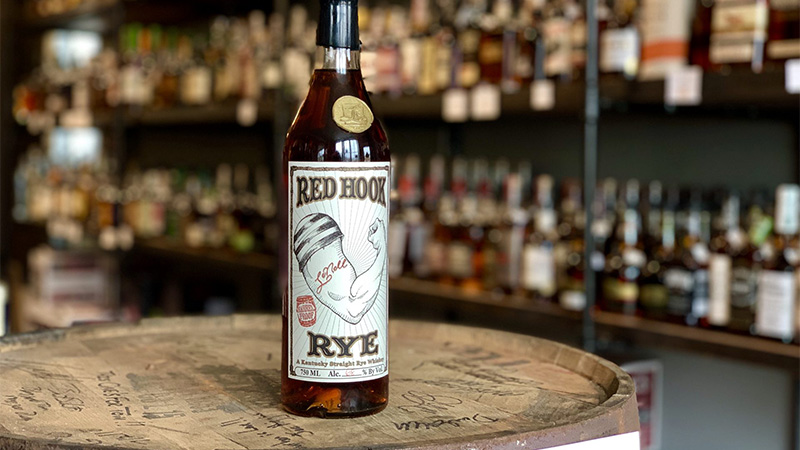
A story old as time: A then-expensive bottle ($75) sits on the shelves of a liquor store for years. Today, it’s worth $45,000. If only! The bottle, of course, is Red Hook Rye, a 23-year-old private-labeled rye from Willett that is today one of the biggest unicorns in the business. In 2003, Drew Kulsveen joined the family business, known as Kentucky Bourbon Distillers, and almost immediate began releasing cask-strength, non-chill-filtered single barrels of the company’s incredible stock of bourbon sourced during the glut era from top producers — Bernheim, Heaven Hill, Stitzel-Weller, and others. By the end of the aughts, those in the know had begun to realize anything Willett was worth stockpiling. Today, though they’re now distilling themselves, it remains nearly impossible to find.
eBay Becomes Inconsequential

If you wanted to sell rare bourbon in the early 2000s, you’d simply go on eBay and list it alongside old baseball cards, pogs, and Princess Diana Beanie Babies. You didn’t need a liquor license because you were selling a collectible bottle, and the liquid inside was inconsequential to “collectors” (wink wink). But, in 2012, eBay caught on and swiftly outlawed the sales of alcohol bottles with “inconsequential contents.” Today, though no rare liquor is sold any more, eBay is still rife with users selling empty bottles of Pappy et al, hinting at a robust refilling and counterfeit marketplace.
Craigslist or Bust
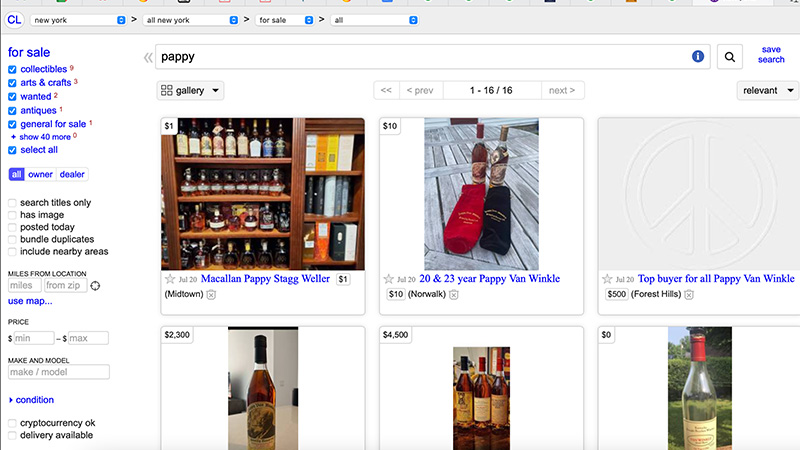
Meanwhile, Craigslist had likewise become a place to quickly flip some rare bourbon. Just like with buying a used couch or setting up a love connection, however, there was always a high need for caveat emptor — and, sometimes, caveat venditor. Such was the case in 2016 when a Pennsylvania man tried to hawk a bottle of Van Winkle Special Reserve 12 Year, accidentally connecting with undercover state law enforcement (Pennsylvania is a liquor control state, for what it’s worth.) His Van Winkle was vanquished and he was charged with a misdemeanor, causing everyone to be a bit more careful with how they conduct business.
ISO Facebook Groups

There had been bourbon secondary markets before Facebook, of course, but the launching of Facebook Groups in October of 2010 turned the black market a shade grayer, converting the underground into something more communal. It also transformed bourbon collecting into an echo chamber. Whereas before, if a rare bottle was offered for sale on, say, eBay or Craigslist, there wasn’t much to do but buy it… or not. A bottle posted on a bourbon Facebook Group, however, could all of a sudden be debated. Was it really worth that? Or was it overhyped crap? Suddenly, it became simple for any schnook to find a bottle of Weller 12 at $25 retail and quickly flip it for $100. In June of 2019, Facebook famously tried to shut down the whiskey Facebook Groups and, though many got whacked, countless still remain.
You’ll Never Taste
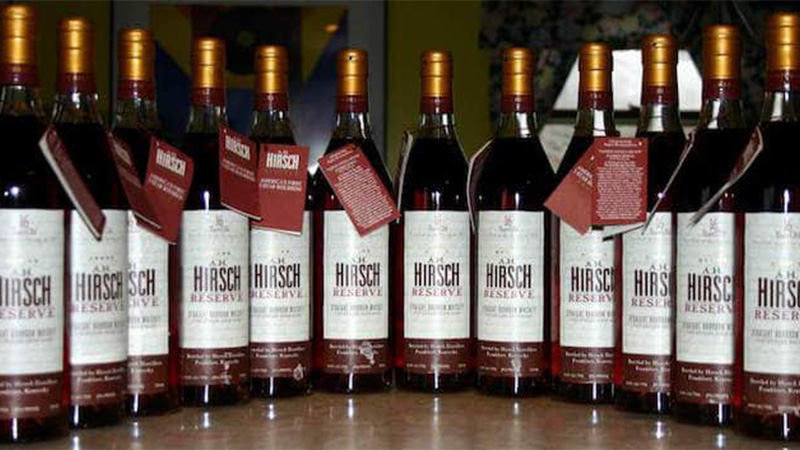
In the aughts, a few hundred mature barrels of bourbons once distilled at the Michter’s Distillery in Pennsylvania were turned into a line called A.H. Hirsch Reserve. (One Adolph Hirsch had originally commissioned their distillation back in 1974, before Michter’s went out of business.) Sitting bottled, but in storage during a decade of disinterest, the 16-Year-Old would become the most celebrated, initially sold for $45 in 2003; when the last of it was finally released in the summer of 2009 it was now a stunning $1,500 retail. It eventually became so coveted it spawned an entire book, “The Best Bourbon You’ll Never Taste” by Chuck Cowdery — a title that could fittingly describe many bourbon releases from that point on.
Disaster Bourbon Incoming
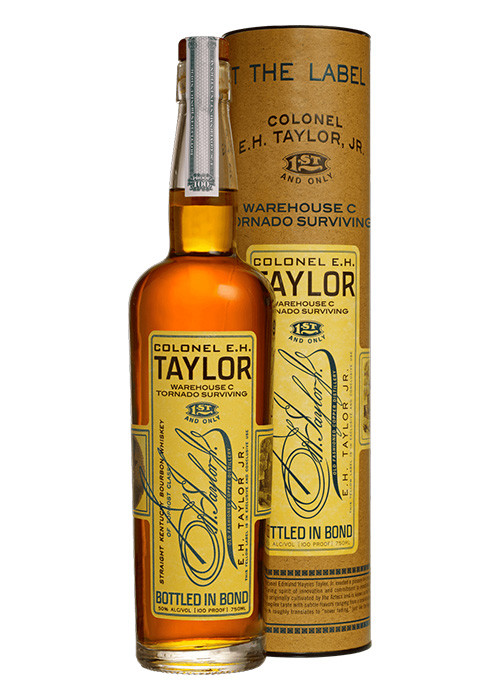
When a 2006 tornado ripped the roof off Buffalo Trace’s Warehouse C, one has to wonder whether the insurance agency or marketing department was called first. As barrels of E.H. Taylor, Jr. now aged in the open sunshine all summer long, a (supposedly) incredible product was created. Released in 2011, and labeled “Warehouse C Tornado Surviving,” it quickly went from gimmick to gobbled up. (Today, bottles can fetch 12 grand.) Noticing the success, further lines of limited-edition disaster whiskeys would follow, including ones that had survived fires, earthquakes, polar vortexes, and general employee fuck-ups.
Blue Books No Longer Just for Used Cars
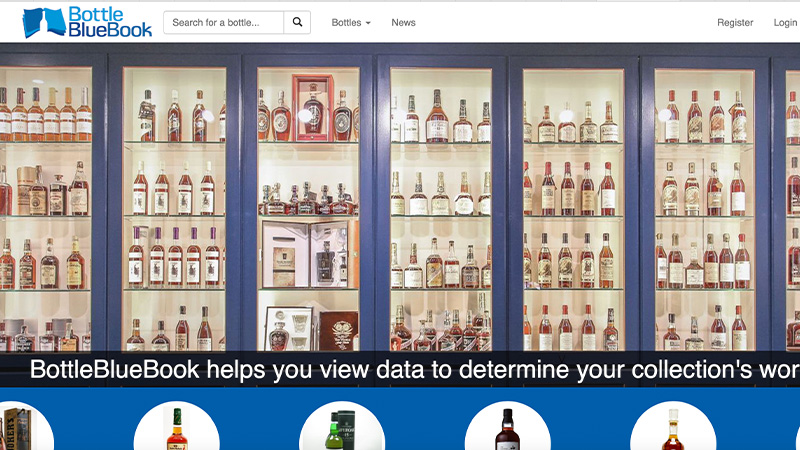
If it was becoming harder to know what particular bottles were “worth,” certain collectors would try to make more public all the available selling information of the moment. Around 2014, two different rare bourbon pricing guides — Bourbon Blue Book and Bottle Blue Book — were launched to offer of-the-moment pricing and month-to-month growth trends. The former had been, in fact, spawned from a Facebook Group called Bourbon Exchange (BX) which discussed day-to-day valuations.
Stitzel Silliness
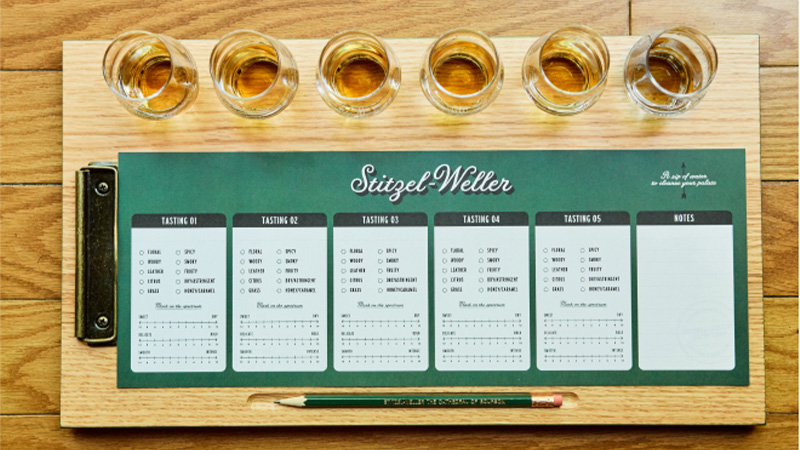
At a certain point, collectors realized that early bottlings of Pappy Van Winkle — those really great ones — had used bourbon sourced from Stitzel-Weller, the defunct distillery once literally run by Julian “Pappy” Van Winkle, Sr. Shuttered for good in 1992, by 2015, the seemingly final stocks of Stitzel-Weller were going into Pappy 23 bottles before the distillate switched over to Buffalo Trace. And yet, other brands kept on “finding” more “lost” barrels of Stitzel-Weller to sell to the public. There was John E. Fitzgerald Very Special Reserve (at a shocking $250 for a tiny 375 milliliter), Blade and Bow Single Barrel 24-Year-Old, and a series of Diageo-released “Orphan Barrels” with goofy names like Lost Prophet and Forged Oak. All were priced high, most were snapped up, few are discussed today.
Black Maple Shill
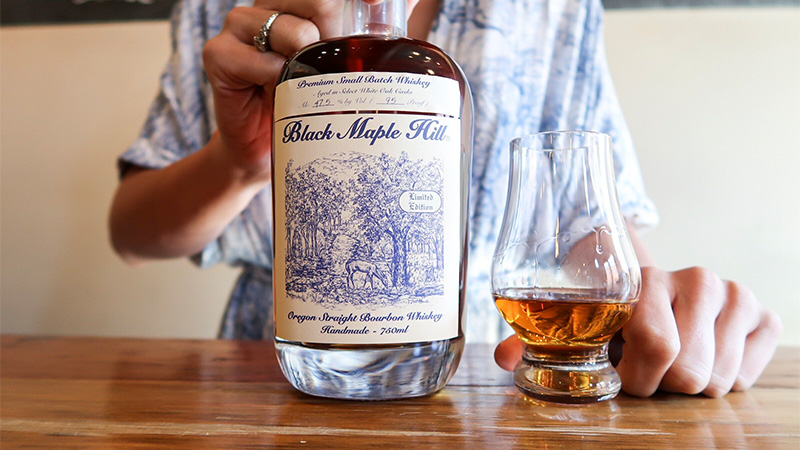
Sometimes something is unexpectedly delicious and becomes a collector’s item, but since that delicious stock no longer exists, the company just continues releasing stuff under the same name, hoping taters won’t notice. The example par excellence is Black Maple Hill, a mysterious 2000 release courtesy of CVI Brands — an undistinguished California packager of mostly uncool spirits like grappa. Coming in an elegant and understated bottle, the liquid was soon thought to be from, drum roll please, Stitzel-Weller. Prices ballooned into the four figures on the secondary market and, eventually, having run out of well-aged Kentucky bourbon, in 2014 CVI began bottling an Oregan craft whiskey under the same label. It was much maligned by the cognoscenti. (A somewhat similar branding chicanery could be said of Hirsch, a recent-ish restart of the beloved A.H. Hirsch Reserve, though, admittedly, the bottles look nothing like those legendary ones of yore, making confusion nearly impossible.)
A Toast and Celebration
There is also Michter’s, re-launched in the 1990s and named after the legendary Pennsylvania brand founded in 1753. New owner Joseph Magliocco offered full transparency for what he was doing and was poised to release an incredible array of quality bourbons and ryes by the time the renaissance was heating up. Notably, there came 25 Year Olds of each, as well as Celebration Sour Mash, a blend of bourbon and rye aged up to 30 years and first released in 2013 at $5,000 a pop. Magliocco and Michter’s also engineered the idea of “toasted” finished whiskey, a sub-category that can turn anything into an instant collectible.
Fun and Profit!
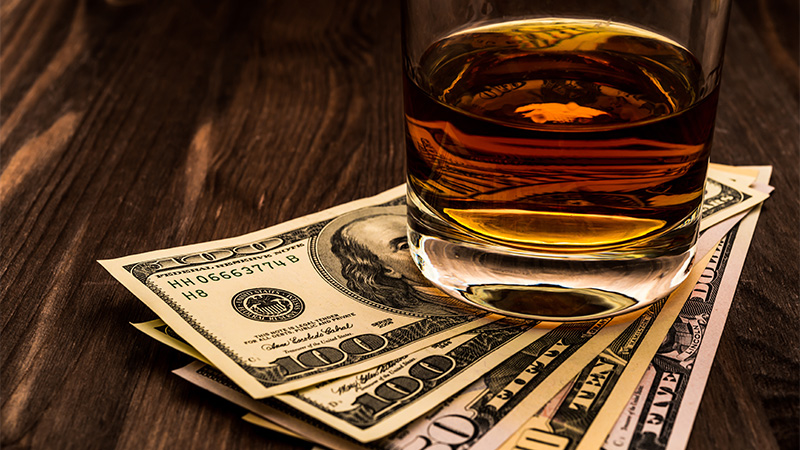
At a certain point, you didn’t even really have to want to drink the bourbon to collect it. It was merely an asset. This was best demonstrated in the summer of 2016 when, at The Bar Institute, a bartender trade show in Baltimore, a well-known bourbon collector and Louisville bar owner presented a seminar entitled “Underground Whiskey: How to Navigate the Collectors Market for Fun and Profit.” Within hours of the talk, several prominent Facebook buy/sell groups had been shut down. Nevertheless, today, many still exist, as do the stories of people who spend $400,000 a year on rare bourbon — and don’t even drink.
All’s Well That Ends Weller
Pappy and BTAC had become impossible to find. Elmer T. Lee, E.H. Taylor, and Blanton’s were headed that way. So Buffalo Trace decided to start learning heavily into Weller, its once value brand made from the same wheated bourbon distillate as the vaunted Van Winkles. (The mid-2010s Frankensteining of “Poor Man’s Pappy” had, in a way, made Weller into a tater shelf-clearer.) If at one time there were a mere three Weller releases, all with plastic screw-caps, starting in 2018 the distillery would gussy-up the labels and begin releasing more and more Weller, each seemingly a minor gradient different than every other. Notably, there was Weller Full Proof in 2019 and Weller Single Barrel in 2020. The epitome of the Weller-ization of Buffalo Trace was what was known as Weller C.Y.P.B. (Craft Your Perfect Bourbon), which gave extremely online taters the chance to vote on their preferred bourbon recipe, proof, warehouse location, and age.
Everything Is Pappy
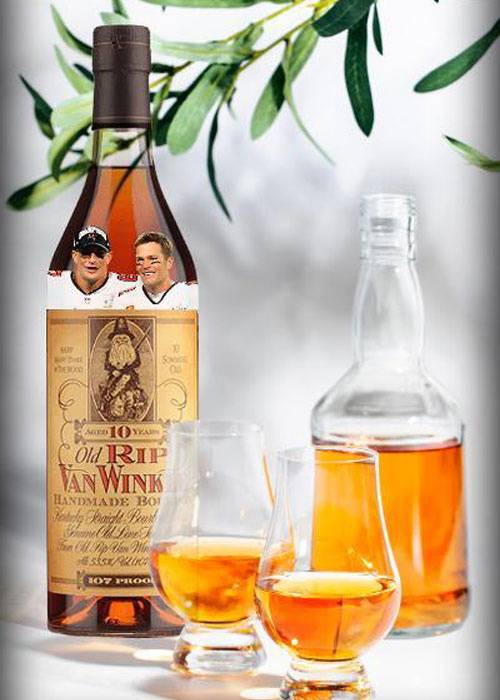
If most people couldn’t actually get Pappy, Buffalo Trace (and other companies) would still attach the imprimatur of that rare series onto anything they could. There were Pappy-finished tequilas, Pappy barrel-aged stouts, Pappy-matured maple syrups and hot sauces, Pappy-fermented cigars and coffee beans, wearable Pappy swag, and even rums and Armagnac that leaned heavily into being the “Pappy” of their own categories. You could even paint Tom Brady’s mug on a Pappy bottle to make it even more desirable to insatiable collectors. By 2017, when Buffalo Trace released an Old Rip Van Winkle 25-Year-Old (Stitzel-Weller liquid, natch) in a hand-crafted Glencairn Crystal decanter encased in a wooden box made of actually Pappy oak staves, and priced at a $1,800 retail — which quickly soared to tens of thousands of dollars — all most consumers could do was laugh. A self-fulfilling product, it goes for upwards of $50,000 today.
Sticker Liquor
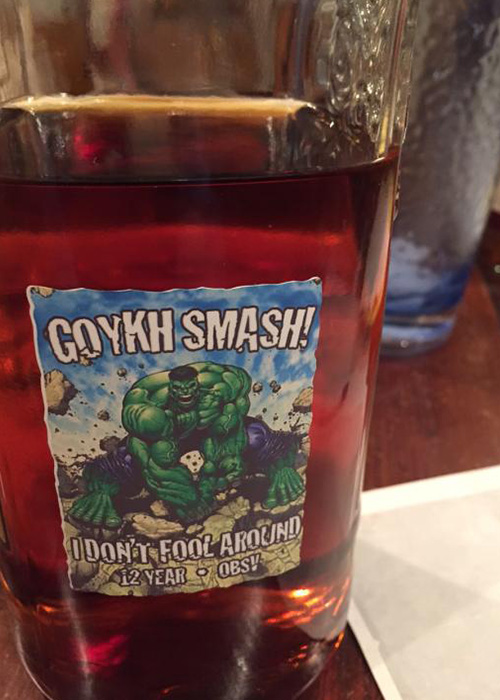
With actual collectible bourbons nearly impossible to find at retail — or sky high on the secondary market — ingenious taters began creating their own LEs, as it were. It was pretty simple: Take a single barrel “pick” your liquor store or private whiskey club had acquired, then attach an in-jokey, cartoonish, and/or provocative sticker onto it. Suddenly, that $75 Four Roses Single Barrel bottle with an Incredible Hulk sticker on it was worth $500. Last year, these “tater stickers,” as they had been dubbed, had so annoyed distilleries that they began to put protocols in place to prevent them.
Double Troll Very Strange
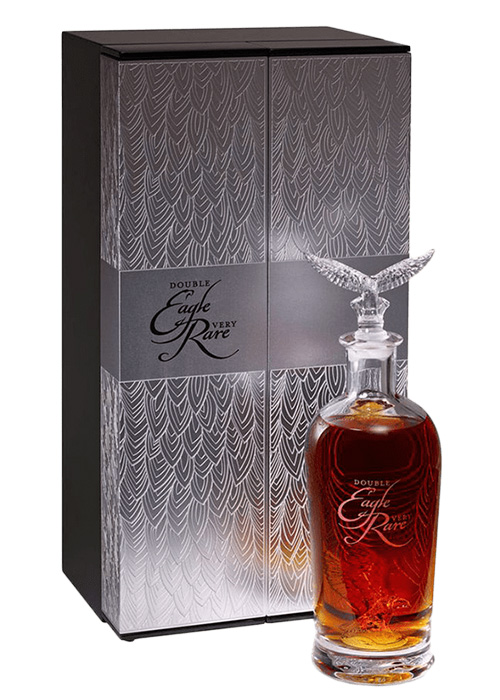
It seemed like one of those bad April Fools’ jokes brands like to play when the press release hit in-boxes in 2019, yet it was only February. It read like The Onion’s attempt at lampooning the state of high-end whiskey: a 20-year-old bourbon (twice as old as standard shelfie Eagle Rare) packaged in a “luxurious” crystal decanter with two beautifully sculptured crystal glass eagles (one inside the bottle; one serving as the bottle stopper), all in a silver presentation box. The bloated retail price, $1,999, and cartoonish name, Double Eagle Very Rare, seemed even more of a troll. Alas, it was real. The world eagerly still awaits Super George Very Stagg.
Staggless
Speaking of Stagg, collectors were left confused when 2021’s BTAC neglected to include a new release of George T. Stagg, the most coveted of the five-bottle line. Buffalo Trace claimed the 15-year-old liquid did not meet master distiller Harlan Wheatley’s standards, but the taters weren’t so sure and conspiracy theories abounded. Perhaps it was being saved for some special Wheatley Anniversary bourbon upon his 30th year with the company? Or was Buffalo Trace holding back some George T. Stagg to include in the blend of the forthcoming Stagg — a mid-shelf rebrand of Stagg Jr. no less! No one has ever gotten to the bottom of it, and it is still yet to be revealed whether George T. Stagg will return in 2022.
Our Undrinkable Future
Collectors get the future they deserve and today every brand, young and old, ballyhooed and not so much, is now trying its best to create releases purely designed to part taters of their dough. That means unusually mature whiskey, often finished in a sexy spirit or type of wood, typically high proof, always lavishly packaged, and jaw-droppingly expensive. These pandemic times alone have seen the release of things like Kentucky Owl Dry State (2020; $1,920), Rabbit Hole Mizunara (2021; $1,500), and Woodford Reserve Baccarat Edition (2021; $2,000). Are any of these any good? Who knows. No one ever drinks them.
